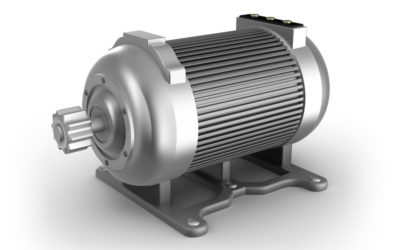While the most common predictive maintenance (PdM) technologies, like vibration analysis and infrared thermography, seem to generate the most discussion, motor testing should also play a significant part in your reliability plan. This non-destructive technology provides critical information about the condition of your facility’s motors; information that may not be available through other avenues. Let’s take a look at exactly what information these tests can provide and what benefit you receive from introducing both online (dynamic) and offline (static) motor testing to your PdM portfolio.
Dynamic (Online)
Dynamic or online motor testing includes: voltage level, voltage imbalance, voltage distortion, service factor, overcurrent, efficiency, rotor bar, operating point, torque ripple, load history, haystack and operation condition tests. These tests help determine the overall health of the motor, relative to the running conditions of its environment. Identifying and addressing power quality or voltage issues can reduce stress on the motor’s insulation and prolong the life of the equipment. Online testing is also one of the only ways to verify broken or cracked rotor bars.
Static (Offline)
Static or offline motor testing includes: winding resistance balance, insulation resistance (IR/MegOhm), polarization index (PI), DC high potential (Step-Voltage/HiPot), and surge testing. Most motor failures are due to a short in the turns of the windings. Once there is weakened insulation around the windings, a short will likely occur. Surge testing is the only way to detect turn-to-turn, phase-to-phase, and coil-to-coil insulation problems. Dead shorts, imbalances between phases, poor connections, and weak ground wall insulation can all be identified with offline testing.
Here are some other important aspects to consider when starting a motor testing program at your facility:
1) Should you purchase the equipment yourself or contract out the work?
2) What amount of training should you provide your staff?
3) How often should you test your critical motors?
4) What cost savings do you expect when this technology has been implemented successfully?
These questions will have significantly different answers from facility to facility and typically vary depending on the specific equipment, number of assets, and the culture of the organization. Start to answer these questions and evaluate how effective motor testing may or may not be for your equipment. Not everyone’s path to a successful motor testing program is the same, but here’s what’s most important: collect pertinent motor data, understand the information that each test provides and make decisions based on that information. Do these things correctly and you will have added another great tool to your predictive maintenance program.





0 Comments